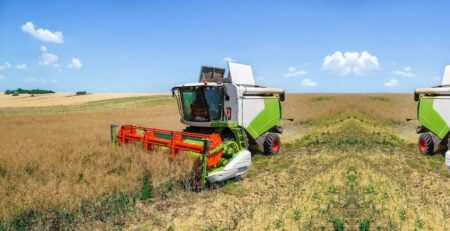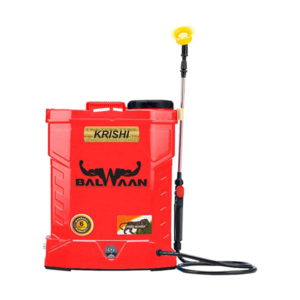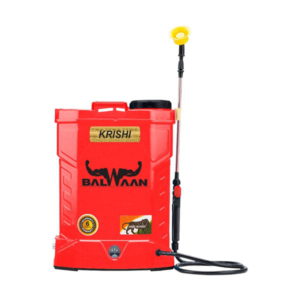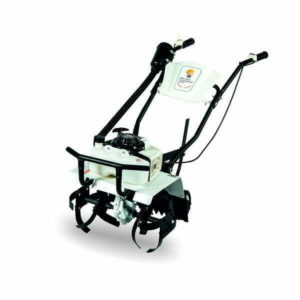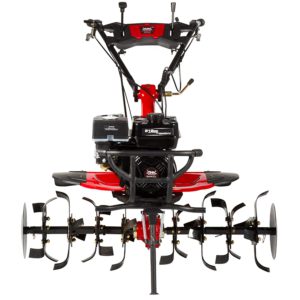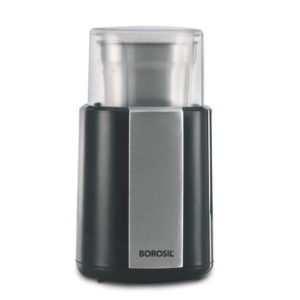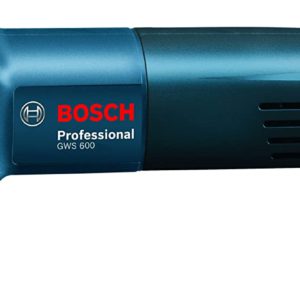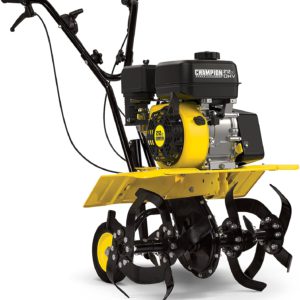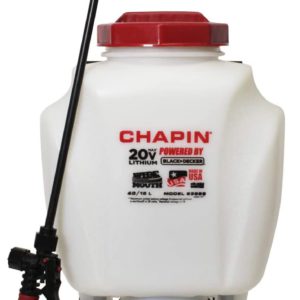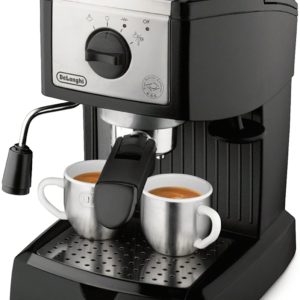18
Aug
Battery Spray Pumps in Agriculture: A Modern Farmer’s Essential Tool
```html
Battery Spray Pumps in Agriculture: A Modern Farmer's Essential Tool
Farming, at its core, is about nurturing growth. But protecting that growth often requires targeted application of pesticides, fertilizers, and other liquids. Traditionally, this meant manual pumps and lots of elbow grease. Enter the battery spray pump – a game-changer for modern agriculture, offering efficiency, convenience, and precision.Why Choose a Battery Spray Pump?
Battery-powered sprayers deliver significant advantages over their manual and fuel-powered counterparts:- Reduced Physical Strain: Say goodbye to hand-pumping fatigue. Battery sprayers automate the pressurization process, allowing you to cover larger areas with less effort.
- Consistent Pressure: Manual pumps can lead to fluctuating pressure, affecting spray pattern and coverage. Battery pumps maintain consistent pressure for uniform application.
- Increased Efficiency: Cover more ground in less time, boosting your productivity and freeing up time for other essential tasks.
- Environmentally Friendly: Compared to gasoline-powered models, battery sprayers produce zero emissions, contributing to a greener farm.
- Cost-Effective in the Long Run: While the initial investment might be higher, the reduced labor costs and consistent performance offer long-term savings.
Types of Battery Spray Pumps
The market offers a variety of battery spray pumps to suit diverse needs:Knapsack Sprayers
These are the most common type, offering portability and versatility for smaller farms or spot treatments. They are worn on the back like a backpack.Trolley Sprayers
Larger capacity tanks mounted on wheels, ideal for covering larger areas with less refilling. These are suitable for orchards, vineyards, and larger fields.Key Features to Consider
When choosing a battery spray pump, consider the following factors:- Tank Capacity: Choose a size that aligns with your typical spraying needs. Larger tanks reduce refill frequency, while smaller tanks offer better portability.
- Battery Life: A longer battery life allows for extended operation without interruption. Consider the size of your farm and the average spraying time.
- Pressure Rating: Higher pressure is suitable for reaching taller crops and achieving better penetration through dense foliage.
- Nozzle Type: Different nozzles provide different spray patterns (cone, fan, jet) for various applications. Adjustable nozzles offer greater versatility.
- Weight and Comfort: Knapsack sprayers should be comfortable to wear for extended periods. Look for padded straps and adjustable features.
Maintenance Tips for Longevity
Proper maintenance ensures your battery spray pump performs optimally for years to come:- Clean After Every Use: Rinse the tank and all components thoroughly with clean water after each spraying session to prevent clogging and corrosion.
- Store Properly: Store the pump in a dry, cool place away from direct sunlight and extreme temperatures.
- Charge Regularly: Follow the manufacturer’s instructions for charging the battery to maximize its lifespan.
- Inspect Regularly: Check for leaks, wear and tear, and any signs of damage. Replace worn parts promptly. Battery Spray Pumps in Agriculture.
Conclusion
Battery spray pumps represent a significant advancement in agricultural technology, offering farmers a more efficient, convenient, and environmentally friendly way to protect their crops. By carefully considering the features and investing in proper maintenance, you can reap the benefits of this essential tool for years to come. Ready to upgrade your spraying game? Browse our selection of high-quality battery spray pumps today!
Share:

